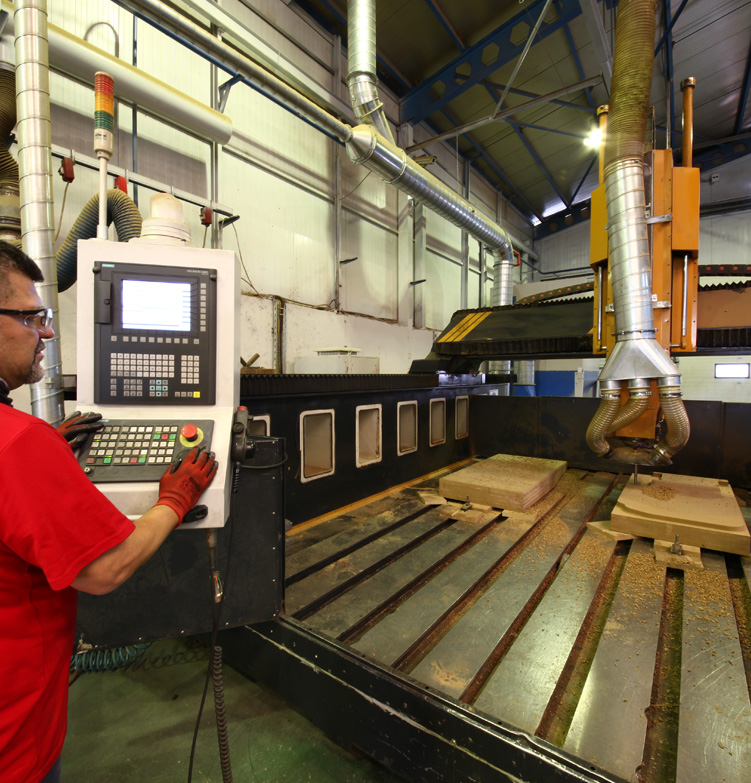Rotational Moulding
In rotational molding, the plastic raw material placed in the mold as powder is rotated in the oven to take the shape of the mold. After the oven, the rotation process continues until the mold is cooled to a certain temperature. It is also called roto-moulding. It is more advantageous than other production technologies in the production of large size, low and medium quantity plastic parts. Many plastic parts of heavy vehicles, commercial vehicles, construction machines, agricultural machines, tractors, special purpose vehicles are produced by rotational molding. Fuel and urea tanks, wiper water tanks, hydraulic oil tanks, air ducts, resonance boxes, fenders, cabin roofs are the best examples.
Although the production speed is slow and limited raw materials are used, it has been preferred in many different areas due to the developments in rotational molding and material technology. It can compete with other molding methods in the production of complex shaped hollow parts. It has become a common method as a result of the realization by designers that large-volume parts with complex shapes can be produced in one piece, without tension stress accumulation and cheaper with rotation molding. For many sectors, high quality plastic products from different raw materials are produced by rotational molding at competitive costs.


